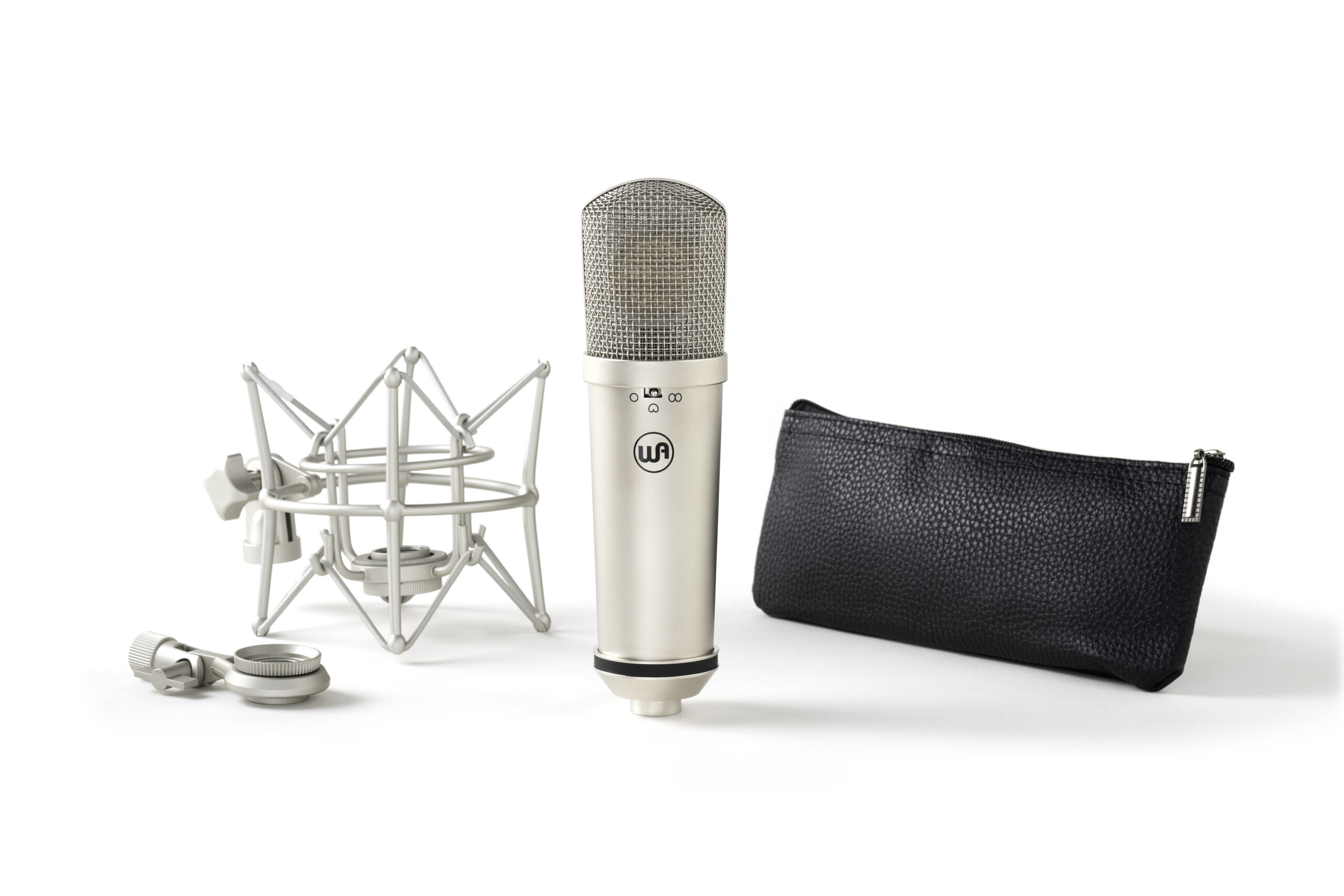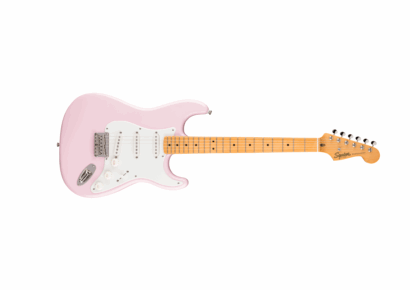Warm Audio's budget-friendly takes on classic Neumann designs won't fool purists, but they might just win over pragmatists.
Warm Audio’s WA-47jr has been around for the best part of a decade now, enjoying immense popularity as a low-cost alternative to their more premium WA-47. In a move that should be music to the ears of creators everywhere, the JR series has been expanded to include the WA-87jr, as well as Studio Essentials (SE) versions of both the 47 and 87 with the same capsule and body but a streamlined feature set.
Catch up on all the latest features and reviews here.
Learning from the best
For the uninitiated, Warm Audio’s WA-47jr and WA-87jr are based on a pair of incredibly famous Neumann microphones: the U47-FET and the U87.
The U87 was introduced in 1967, and has become something of a gold standard for vocal microphones. Its incredibly distinctive sonic signature – smooth and classy, with a flattering top-end bump – is synonymous with “expensive” sounding vocal performances.
The U47-FET was released in 1972 as the successor to the legendary U47 valve microphone. When Neumann ran out of the custom steel VF-14 tubes that were no small part of the U47’s impressive performance, they paired the same K-47 capsule and output transformer with a vastly simplified solid-state circuit. A bolder, more strident-sounding mic with a huge, clear bottom end, as well as much higher SPL-handling capabilities, the U47-FET was a natural fit for loud and/or bright sources like brass, guitar and bass cabs, and kick drums.
Enter Warm Audio
Warm Audio is a Texas-based company that makes boutique-quality recording equipment at prices that are attainable for aspiring musicians and producers. They’re certainly not the only company out there trying to democratise good studio gear, but few can claim to do so with such success and consistency. Unlike some other lower-cost brands, Warm Audio make no sacrifices with their build quality; they spec industry-standard, premium components in their designs, keeping costs down by mass-manufacturing overseas and keeping markups to a minimum. Every piece then passes through a rigorous Texas-based quality control process before hitting the market.
The JR series
Perhaps the first thing to note about these four microphones is that they’re not exact replicas of the Neumanns from which they borrow their nomenclature. You can spend any amount of money you like on boutique, hand-built “clones” of classic pieces, which purport to capture that vintage magic by sourcing esoteric original components and crafting to exacting tolerances. Warm Audio themselves already make clones of these mics – the WA-47fet and a WA-87.
With the JR series, they instead take the route of defining the sonic signature and characteristics of the U47-fet and U87 through extensive listening, and then completely redesigning and simplifying the circuit from the ground up to try and recreate a little of “that” special sound, using industry-standard components instead of custom-made parts in order to drive down the cost. Although they utilise the same capsules as their more premium counterparts, the JR series microphones do away with the output transformer altogether.
The WA-47jr and WA-87jr both have switchable polar patterns (cardioid, figure-8, omni), as well as a switchable 10dB pad and a hi-pass filter at 70Hz. The SE models differ only in that they are fixed cardioid and lack the pad and hi-pass filter.
What’s in the box?
You’ll instantly note the lack of a luxury wooden case or plush velvet mic sock. I took this as evidence that they’re looking to cut costs in the right places. All models ship with a padded pouch and a solid mic mount; the non-SE models also include a Neumann-style elastic suspension shock mount.
In terms of feel and appearance, these mics are solid and classy enough; they have a pleasing weight to them, and the switches don’t feel as cheap as those on some other budget mics. They have a couple of subtle design nods to the vintage models they were inspired by – the satin nickel finish, the flattened grill of the 87, and the cylindrical one of the 47 with the ring around the top. That said, they could be accused of lacking a little of the cachet associated with their pricier counterparts.
How do they sound?
Not to put too fine a point on it, these mics sound great – and not just “great for the price”. I dropped them straight into a session recording acoustic guitar and vocals. The WA-87jr on vocals did the classic U87 thing, lending that expensive-sounding sheen and a pleasingly forward presence without ever sounding harsh or thin. For this particular combination of guitar and performer, I found the WA-87jr a little harsh and spiky on guitar, especially in cardioid. In omni mode, things opened up nicely, and in the right context, I could certainly see it as a viable option for guitar duty. I swapped in the WA-47jr SE and was instantly impressed; a flatter, more open-voiced mic, it was a much better fit for this performance, producing a lovely, balanced recording with a tight bottom end and just the right amount of sparkle up top.
Conclusions
When stripped of all context, this is a great-sounding range of microphones with a comprehensive feature set at an attractive price. But when you put “47” and “87” into the model names, you’re inviting comparison to some of the greatest mics of all time. The JR series won’t be winning any shoot-outs against the more expensive clones out there – they certainly don’t sound exactly like Neumanns. That said, they do a pretty similar sort of thing; you might need to take a little extra care with your positioning or do a little bit extra in terms of processing, but you can certainly get in the ballpark. You could make a credible case for the JR series being a cheap way for a budding engineer to add a U47/87-style mic to their sonic palette and develop a feel for the best ways to employ them.
Your opinion on these microphones is very likely going to depend on the priors you bring in with you. If you’re coming in hoping to pick up a Neumann clone with a faithfully reproduced circuit and an aesthetic similarity to the original thing, the JR series probably isn’t for you. However, if you’re in the market for a well-built, versatile workhorse condenser for under $500, which also happens to sound pretty similar to some bona fide classics, I’d recommend these mics wholeheartedly.
For local enquiries on Warm Audio Jr Microphones, head here.

